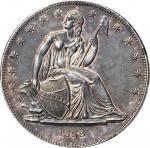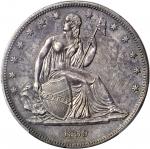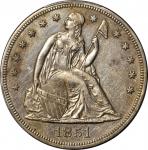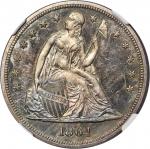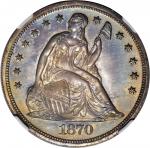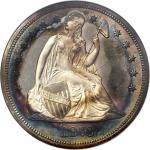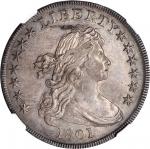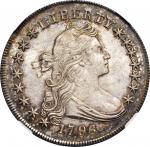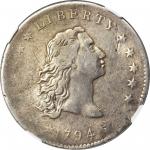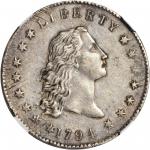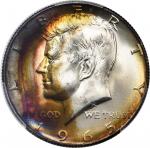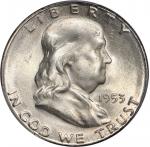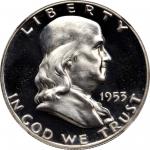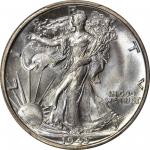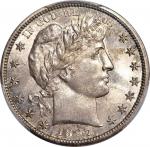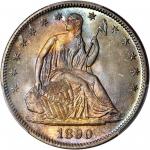1836 Gobrecht Silver Dollar. Name on Base. Judd-60 Original, Pollock-65. Rarity-1. Silver. Plain Edge. Die Alignment IV. Proof. EF Details--Altered Surfaces (PCGS). Offered here is a more affordable example for this classic design type in the United States silver dollar series. There is considerable sharpness of detail throughout the design, and both sides have appreciable satin luster in the fields. Wispy hairlines and a somewhat muted appearance explain the PCGS qualifier, although pale golden-gray surfaces are free of all but a few sizable marks, the most significant of which are in the upper left and right reverse field areas. Scarce from a market availability standpoint and always in demand due to its historical significance and the beauty of its design, the 1836 Name on Base Gobrecht dollar is eagerly sought at all levels of preservation.<p>Recent authors have generally recognized four different die alignments for Gobrecht dollars, designated as I (coin turn, eagle flying upwards), II (medal turn, eagle flying upwards), III (coin turn, eagle flying level with respect to obverse), and IV (medal turn, eagle flying level with respect to obverse). When Walter Breen wrote his <em>Complete Encyclopedia</em> in 1988, he considered Die Alignment I examples of the Judd-60 Name on Base issue to be originals from 1836 and Die Alignment II pieces from a mintage of 600 pieces delivered in March of 1837. He regarded Die Alignment III and IV pieces as restrikes. This view had been challenged by the early 1990s, when it was found that many Die Alignment IV pieces evinced signs of circulation, suggesting that they had been made for that purpose rather than to accommodate coin collectors. Modern research by Craig Sholley, John Dannreuther, and Saul Teichman (based on an exhaustive examination of die state evidence), reported that the die alignment sequence of Judd-60 Gobrecht dollars is actually I-IV-II-IV-I-IV. All examples in these alignments are originals attributed to the December 1836 issue of 1,000 coins; the 600 pieces struck in March 1837 represent a test striking, and all were subsequently melted. Die alignment III pieces are still regarded as restrikes coined decades later than 1836. Pollock in his <em>United States Patterns and Related Issues</em> considered Die Alignment II and III pieces as the scarcest alignment varieties, followed by IV. He regarded Die Alignment I pieces to be the most readily available.<p> From the Lincoln Square Collection.

